Felines, in general, are gorgeous in all of their different shapes sizes, and colors. Even if they come from a common branch far removed in time and distance, the cuteness prevails.
In North America we have more native cat species than you might realize. Most of the cats described here have a European or Asian cousin. Some of them are small, some of them like the snow, and some of them prefer to have snacks during the night.
Most are not easy to come across in the wild, which is probably for the best. Especially with the bigger ones. We’ll admire their photos and give them their own space!
Guiña cat (Leopardus guigna)
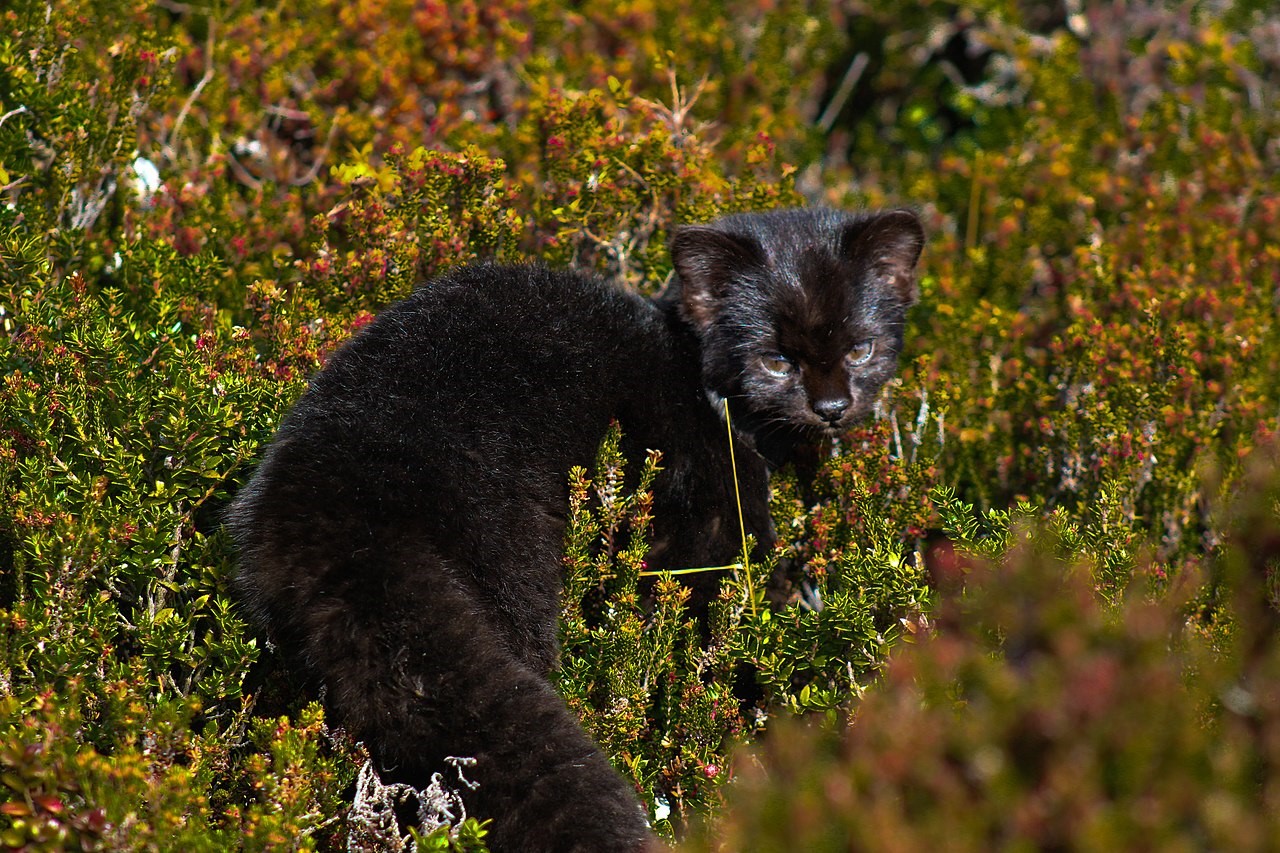

“Guiña” can be hard to pronounce but easy to love. Also known as Gato Colorado (reddish cat), this feline inhabits the central part of Chile all the way down to Argentina. Is the smallest of all felines of the American Continent with a total body length of up to 22 inches.
Guiñas prefer to inhabit areas with a high density of vegetation, such as forests. Its rarest variation, seen for the first time in 2022, is the black one. The main diet of these felines consists of small mammals and some birds. Sadly, its conservation status is “vulnerable” due to illegal commerce.
Jaguar, Yaguar or Yaguareté (Panthera onca)
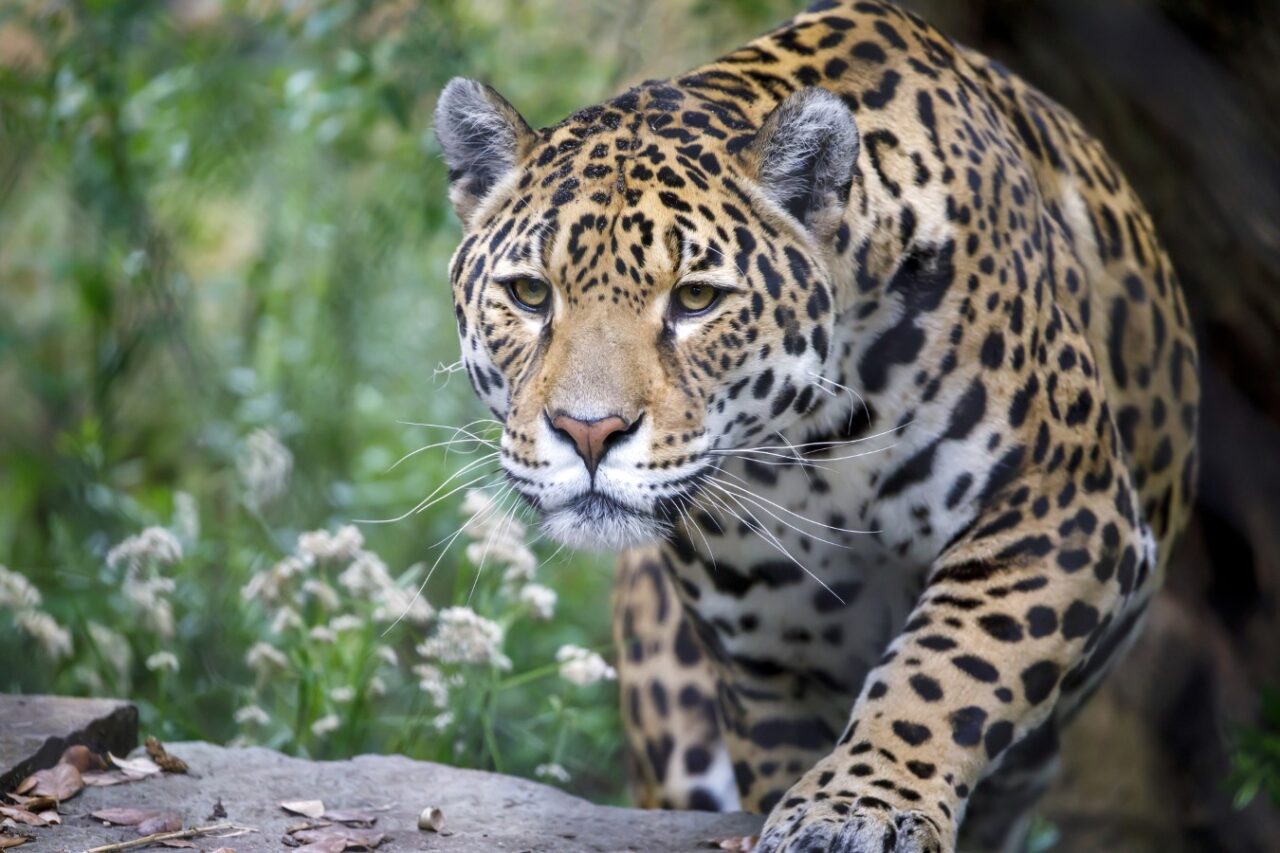

The Jaguar is the biggest feline in the Americas, and one of the five remaining species of Panthera in the world.
Jaguars have a very wide territory; they can be found from the southern part of the United States to Argentinian Patagonia. Because of his wide habitat, there are regional variations. Those studied in Mexico do not weigh up to 110 lbs but the ones in Brazil can reach 297 lbs.
Jaguars, because of their shape and structure, are highly skilled at climbing and are excellent swimmers. They can drag up to 796 lbs. Wow. Their conservation status is “almost threatened”.
Pampas Cat (Leopardus colocolo)
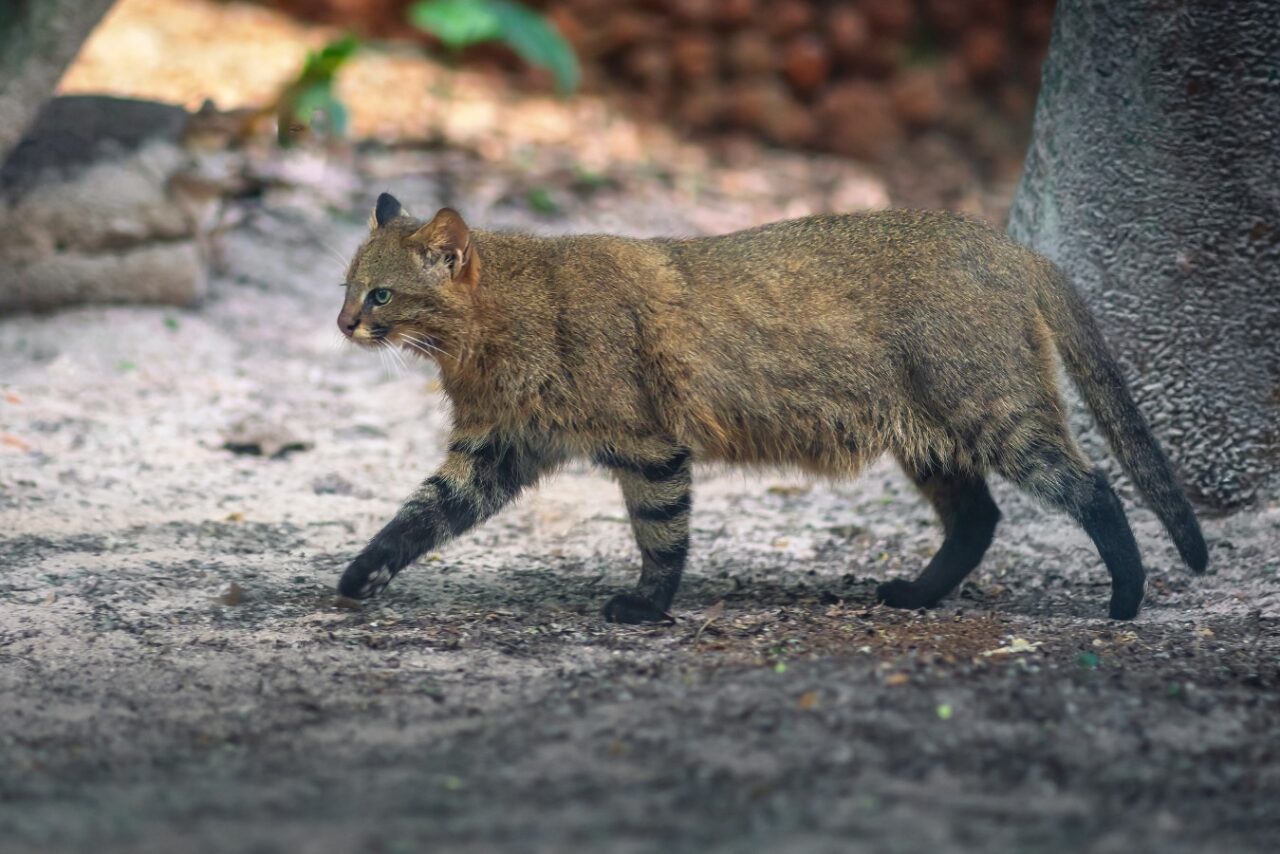

The Pampas Cat can have a body length of up to 31 inches, and inhabits nearly all of South America. Adaptability is one of and its main features. It can live in many kinds of environments, with or without vegetation, with or without cold. Pampas cats have a life span of 13 years.
Unfortunately this cat recently received the status of “near endangered”, because not even versatility can save it from the destruction of the biome mainly because of human action.
Gato de los pajonales (Leopardus pajeros)
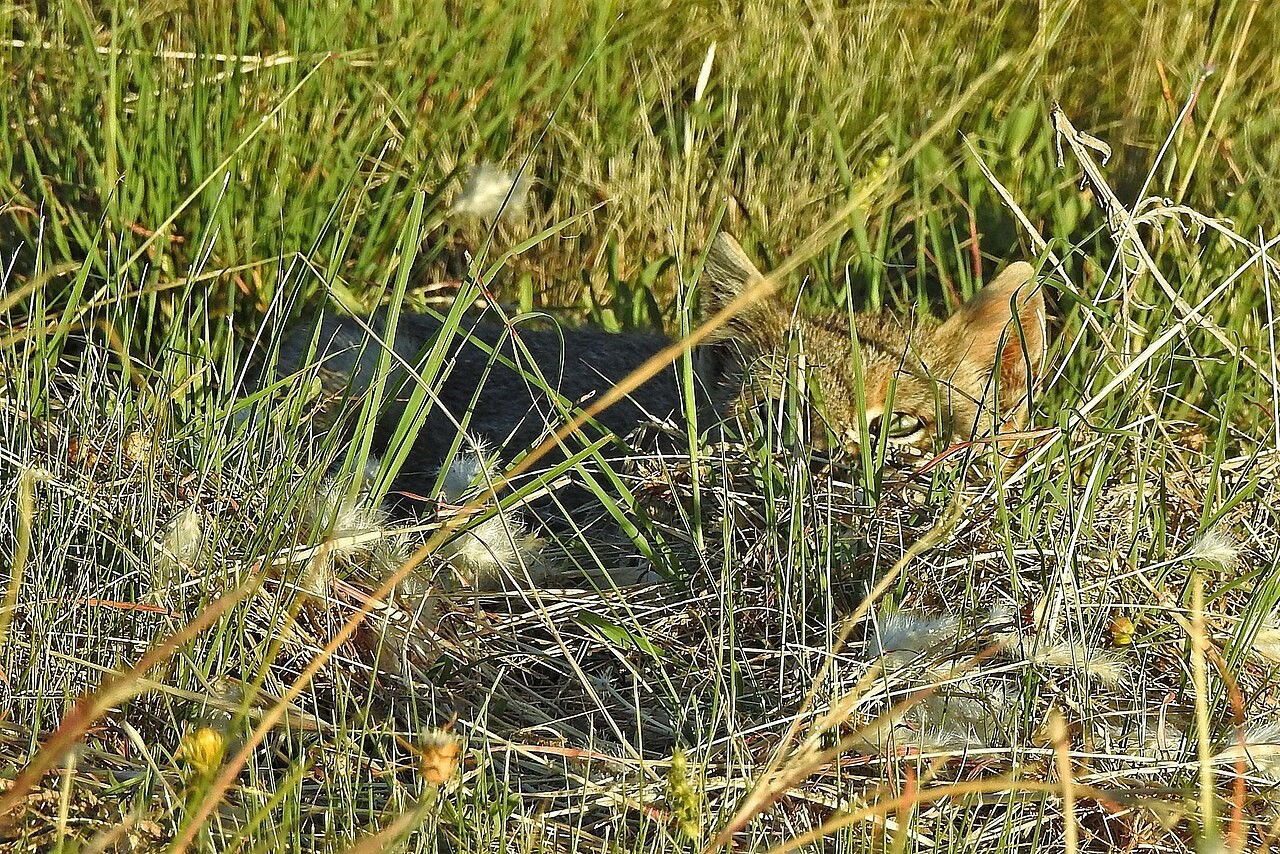

The Gato de los Pajonales was mistaken for a Pampas cat for a long time, but due to new genetic discoveries, its status changed in 2020. It has a lonely lifestyle and inhabits a wide area of South America.
Ocelot (Leopardus pardalis)
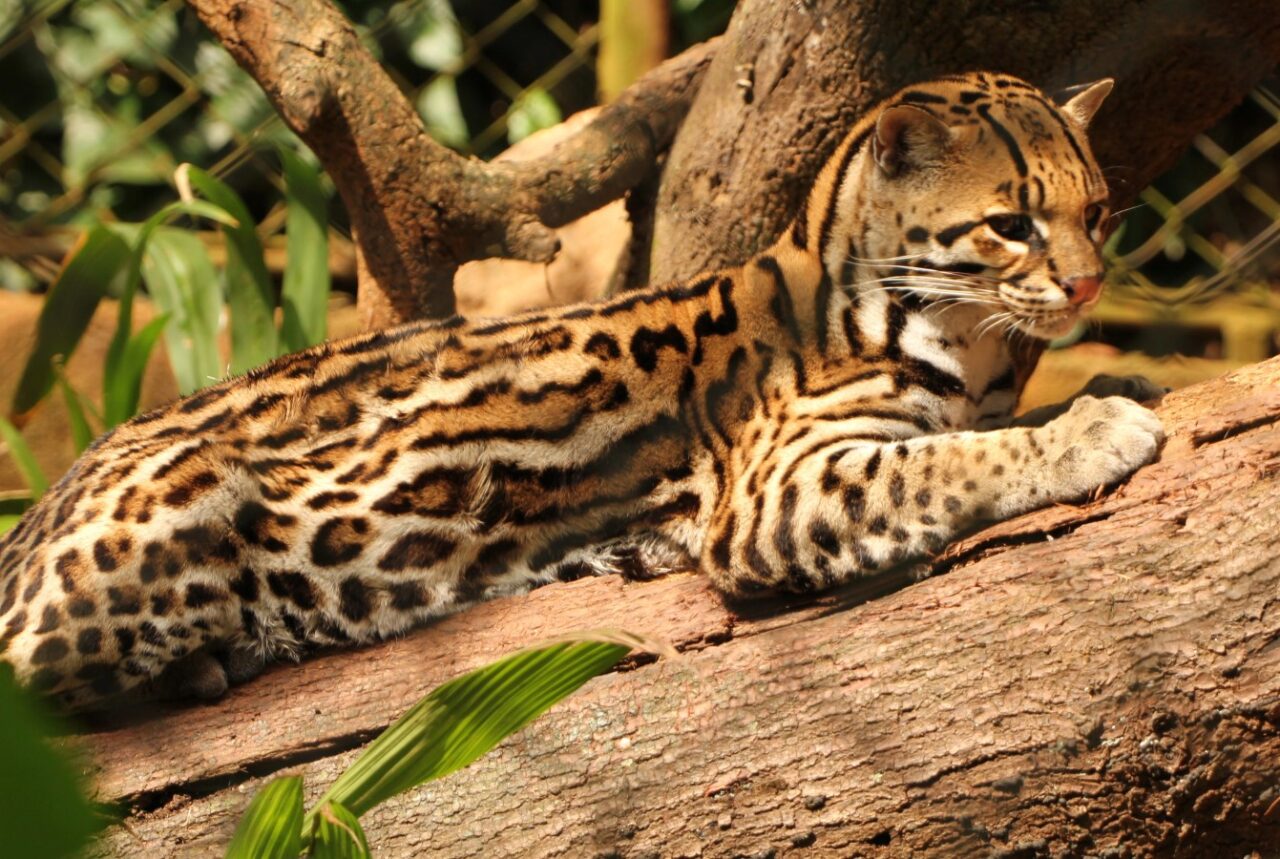

Ocelots belong to the medium-sized felines, and inhabit the entire Americas. They live in jungles, and mountains, in areas where the jaguar and puma can´t live, making ocelots vital for the trophic chain. They like solitude and go for dinner in the evening which makes them different from the other felines of the Americas.
Their beauty was immortalized in Olmeca, Inca, and Maya artifacts since at least 500 B.C.
Bobcat (Lynx rufus)
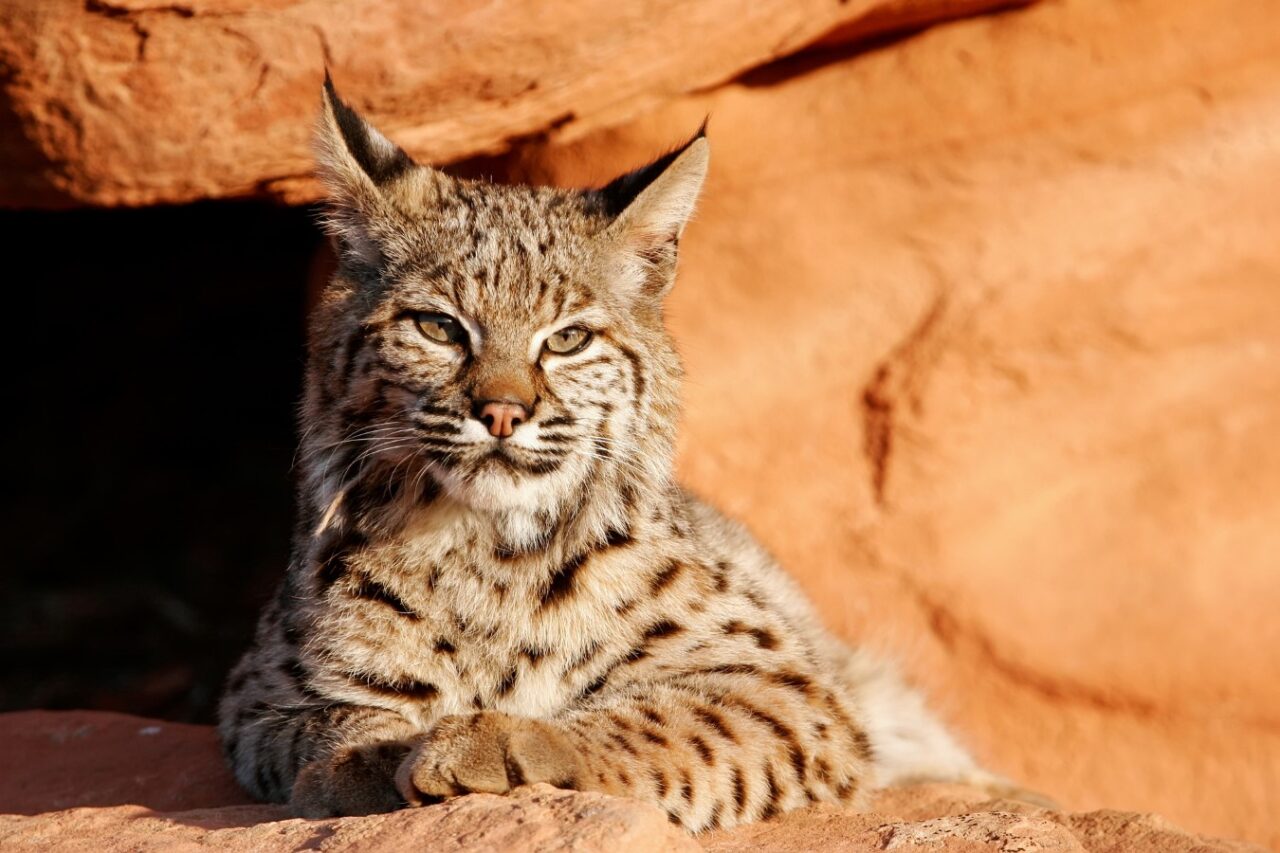

Bobcats are the smallest of the cat genus Lynx family, with a max. total length of 50 in. These wild cats live in an area area from southern Canada into Mexico. They’re also known as red lynx, but officially called bob because of their special “bobbed” tail.
They’d prefer geese for dinner but can also try insects.
Geoffroy Cat or South American Cat (Leopardus geoffroyi)
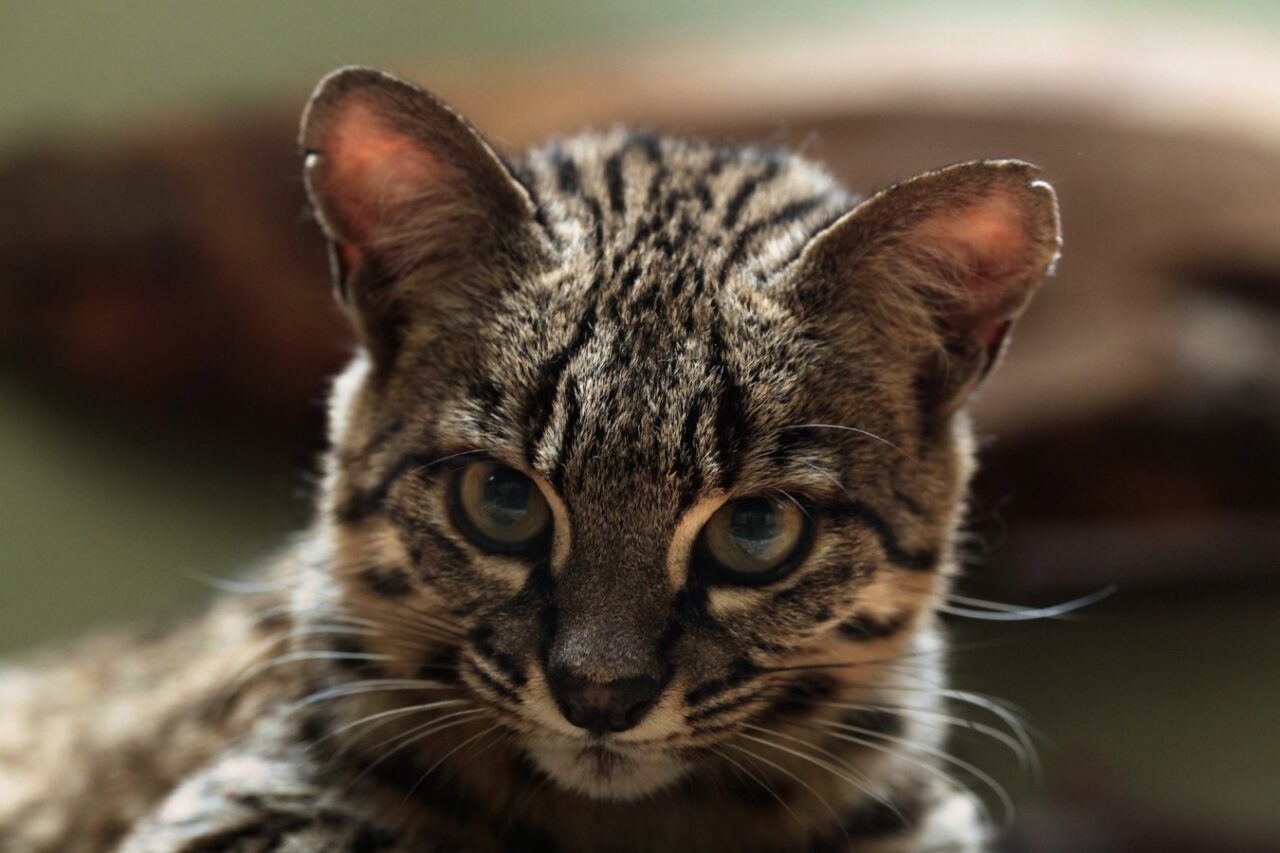
The Geoffroy name was given by the naturalist who classified them for the first time. It is the most common native feline of the Americas. These cats and prefer homes in the pampas (cold desert). Geoffroy cats are the size of a domestic cat, and inhabit the South American continent.
The specimens that inhabit the north have a color on the yellow spectrum and the southern ones are darker, probably due to an adaptive response related to melanin.
Northern Tiger Cat (Leopardus tigrinus)
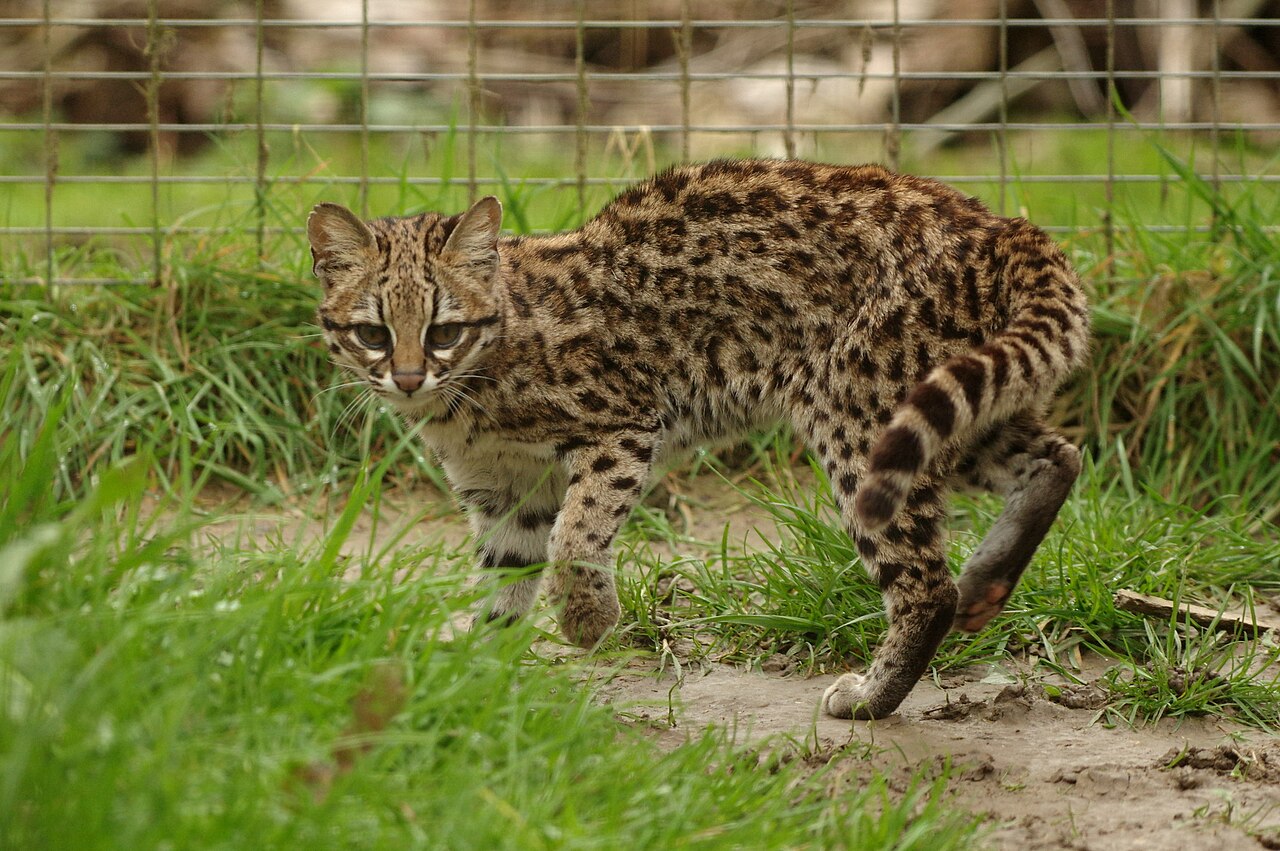

A northern Tiger cat is like a leopard, but one that won´t grow more than 21 inches long. It comes from the ocelot lineage and has a nocturnal lifestyle, eating smaller mammals. The Northern Tiger Cat has a vulnerable conservation status as humans sometimes kill them because of their fur.
Puma (Puma concolor)
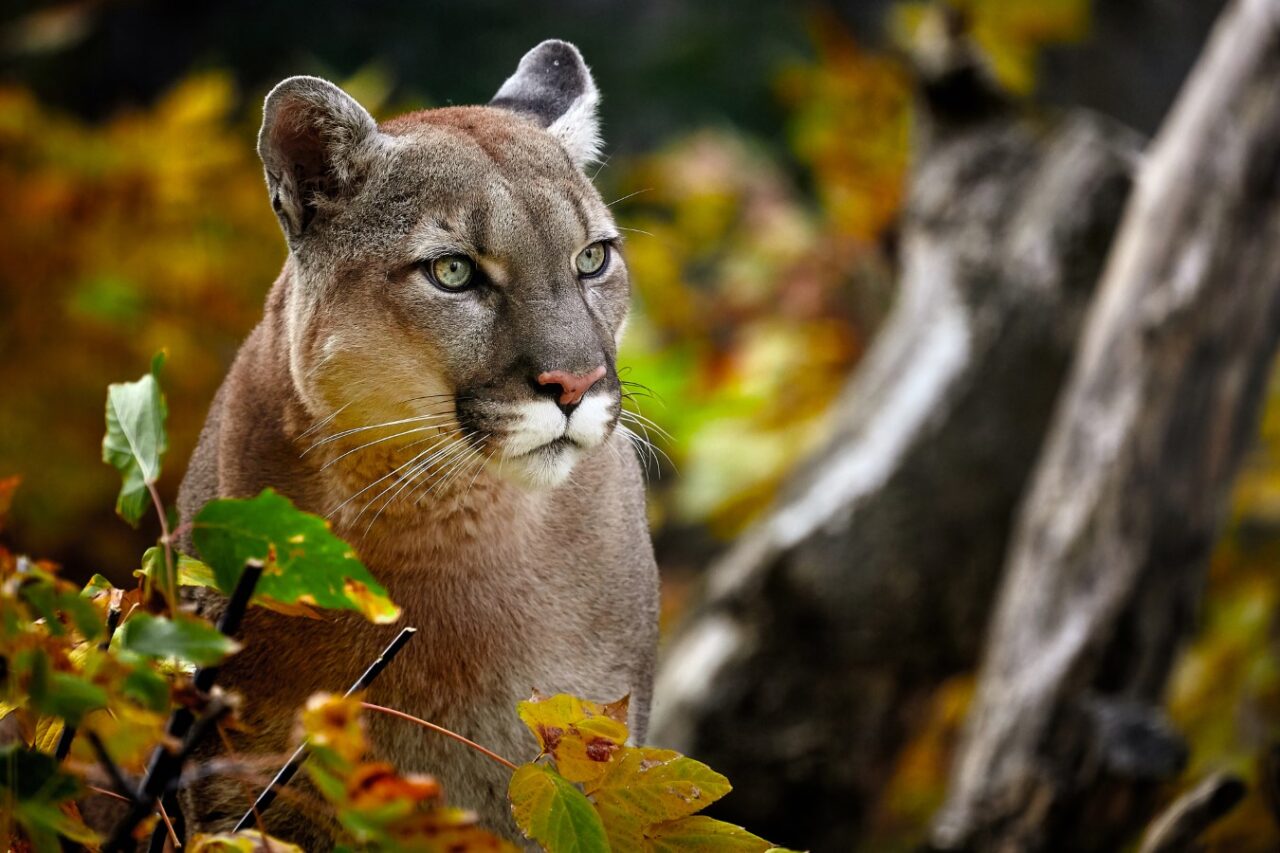

Pumas can be found from Canada to Argentina, and from the Pacific to the Atlantic. They’re known for being gorgeous and dangerous, and also the second biggest feline in the Americas.
Pumas have 6 subspecies, because, with all that land why should they all look alike, right? The closer to the poles, the heavier they get, and by heavy, we mean up to 220 pounds.
Canada Lynx: your Maine Coon but on steroids (Lynx canadensis)
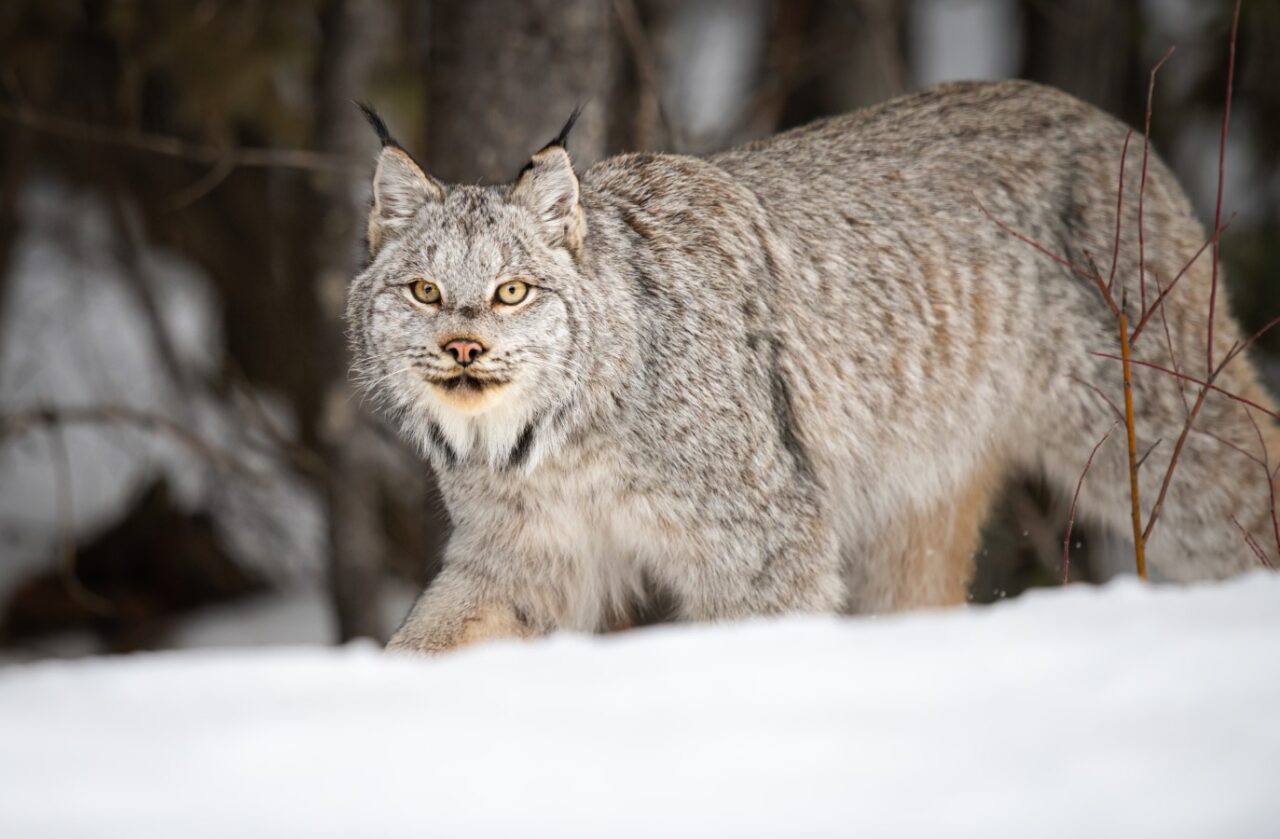

Canada Lynx are beauty and grace on the same being. Those long ear tufts, those paws. It’s a middle-sized feline, that can live 16 years
It has European cousins but we know who is the cutest. Those paws are made for snow. And if that´s not enough, their sharp hearing is made for knowing the gossip from very far away.
Southern Tiger Cat (Leopardus guttulus)
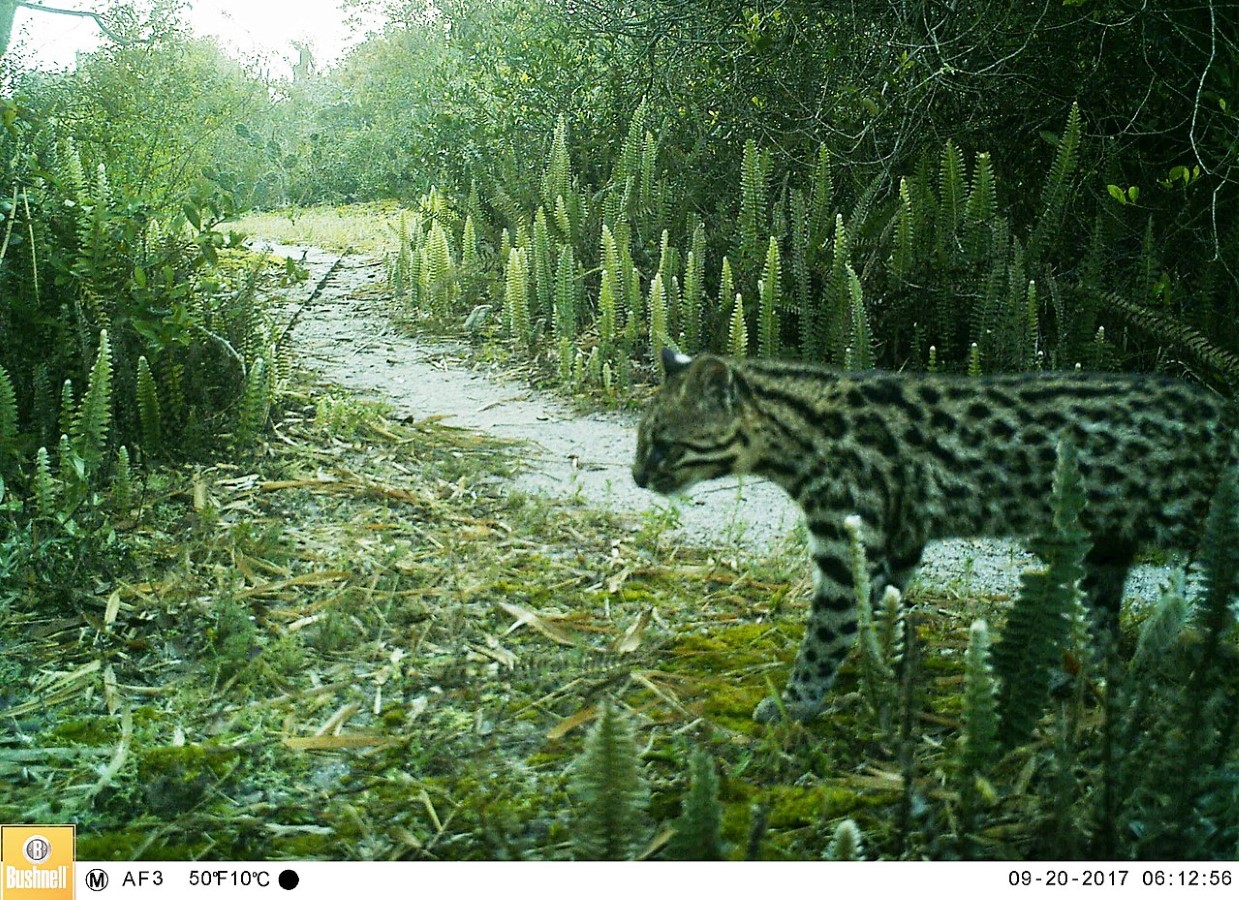

The southern tiger cat inhabits only Brazil, Uruguay, and Paraguay. They lived for a long time unknown because scientists thought they were a variation of Oncillas, but since 2013 they received a category of their own. The sad news is that the deforestation of their habitat made their conservation status go from least concern to vulnerable.
Andean Cat (Leopardus jacobita)
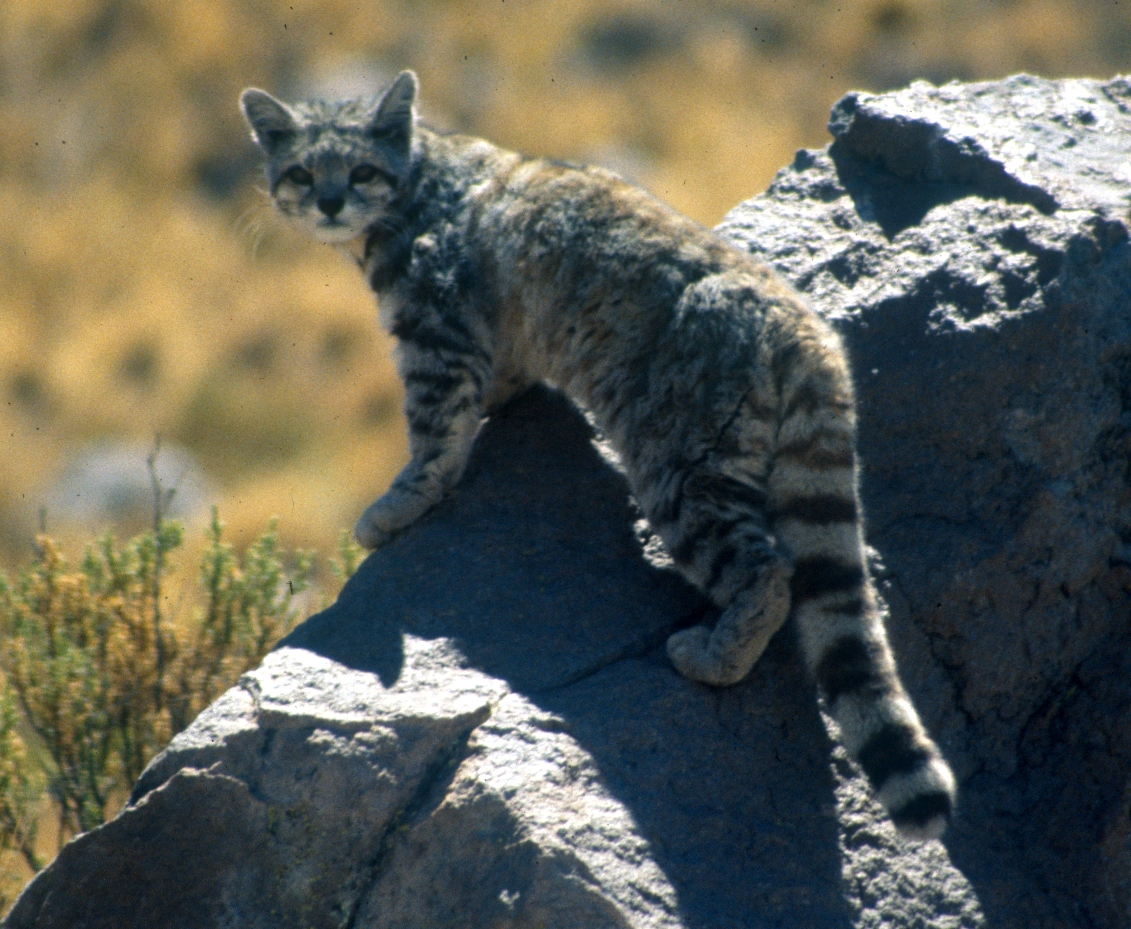

Andean cats are also named Gato Lince (Spanish), Titi (Aymara), or Osjo (Quechua). This beautiful feline inhabits the highlands of southern Perú, and the northern part of Chile and Argentina.
The Andean cat is not just a beautiful specimen, but also has cultural relevance among early inhabitants since its shape has been found in several petroglyphs. It has been known as the “protective spirit of the mountain”.
Jaguarundi (Herpailurus yagouaroundi)
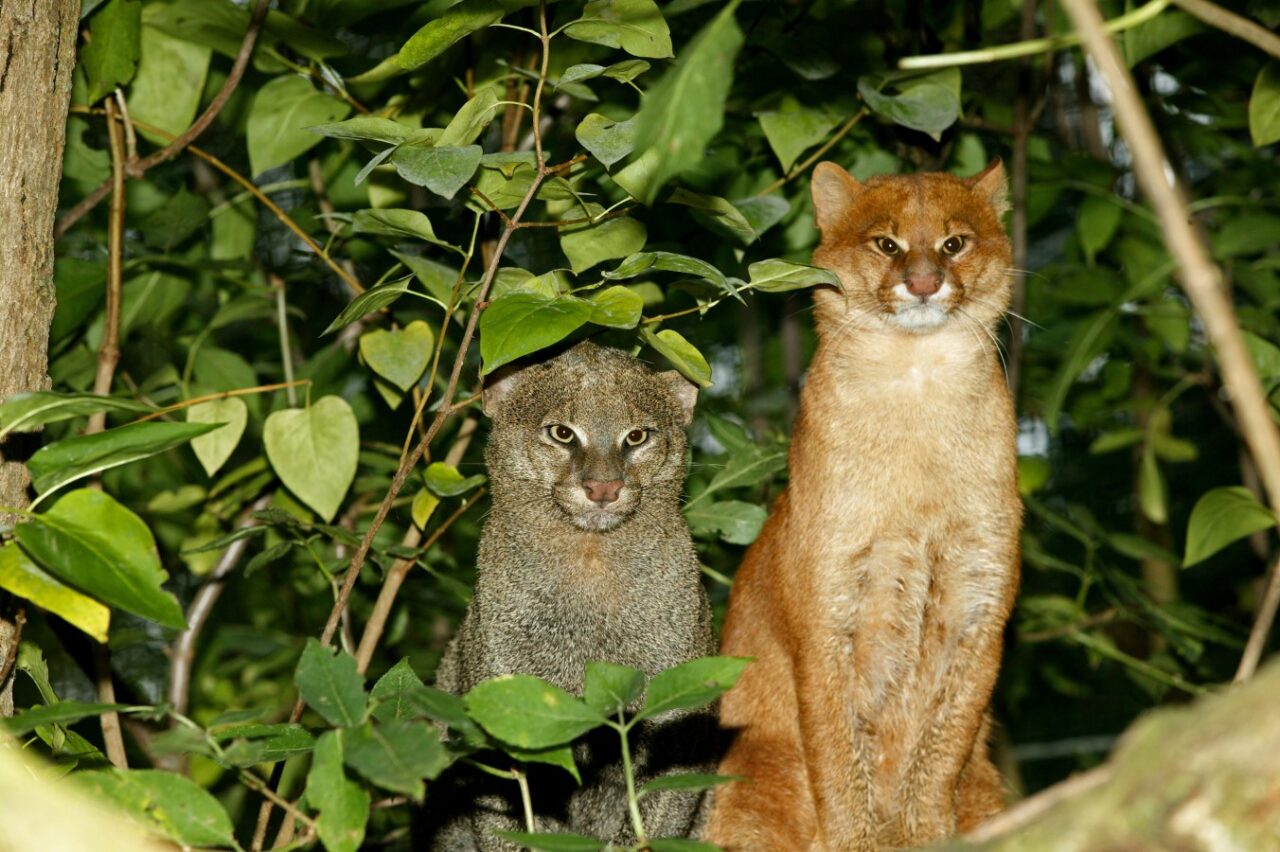

Also known as the moro cat, jaguarundi are native to the Americas with a range from Mexico to the eastern side of Argentina. The jaguarundi hunts during the day and like solitude. These cats are not too large, weighing up to 15 lbs. However, genetically, they are distant cousins with Pumas, so I wouldn´t mess with them either.
Margay (Leopardus wiedii)
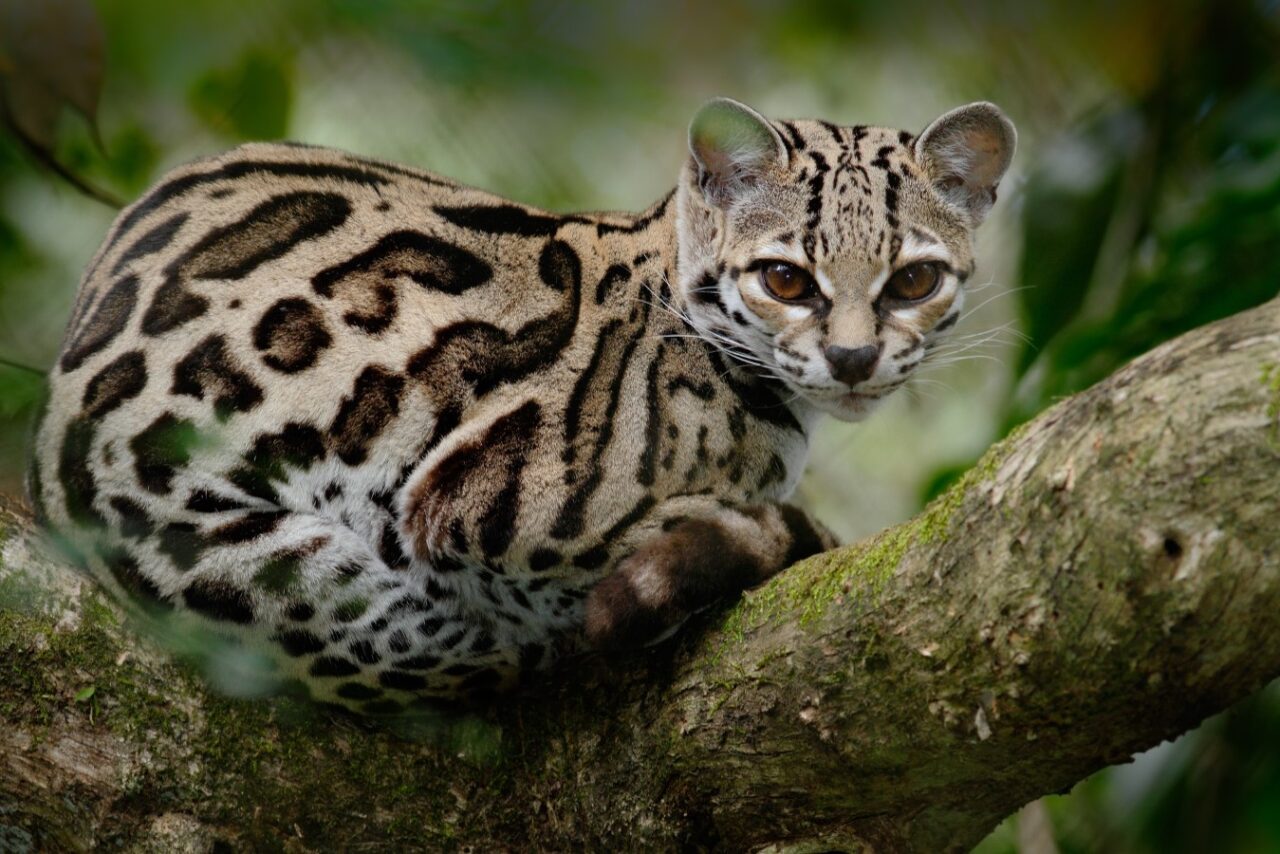

If you think “margay” is a boring name, people also call them maracayá (cat in guaraní), gaucel, tigrillo, and yaguatirica. These cats inhabit from Mexico into northern Argentina.
They likes the night, the solitude, and the trees, but gets highly annoyed when people mistake them for ocelots. Big audacity for a cat that has a max. weight of 27 in.
Swamp cat (Leopardus braccatus)
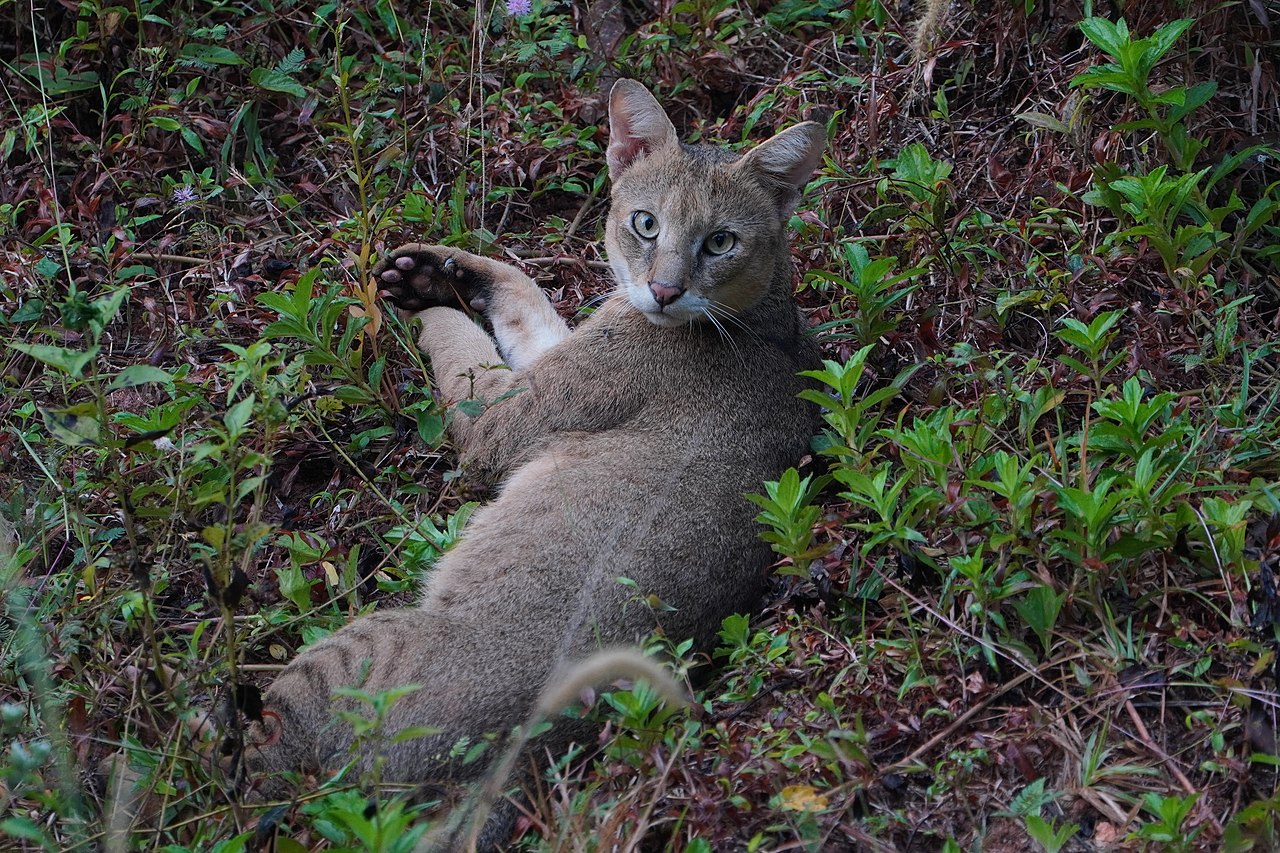

Swamp cats are another cousin of Leopardus colo colo, its proper name became official only in 2020. They are residents of central South America.
Their conservation state is vulnerable. Observers have noticed slight differences in appearance between the swamp cats that inhabit the north of Paraná River, and those that inhabit the southern part of it but behavioral patterns haven´t been individualized yet.
More Fun Facts About Adorable Animals
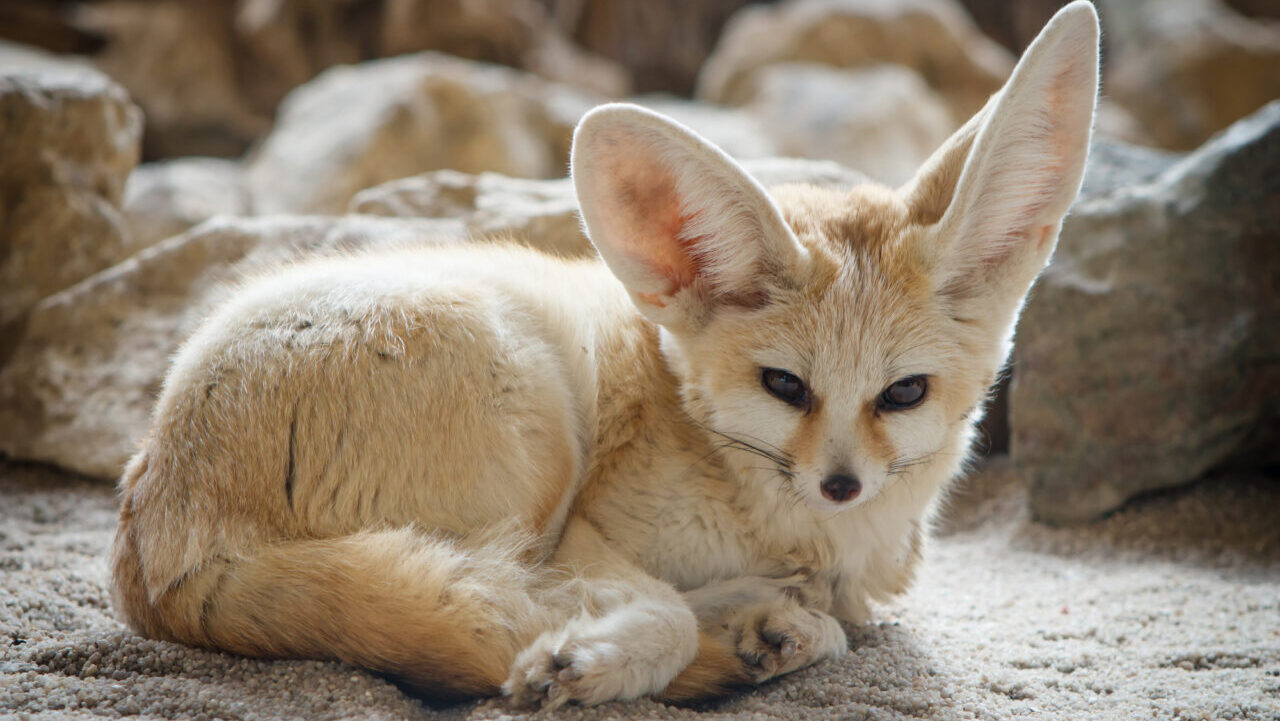

Melisa Silva
Melisa Silva is a writer, physical anthropologist, barmaid, and travel enthusiast. She likes to learn everything that can be useful on a collective and personal level; and enjoys sharing everything that can be helpful.